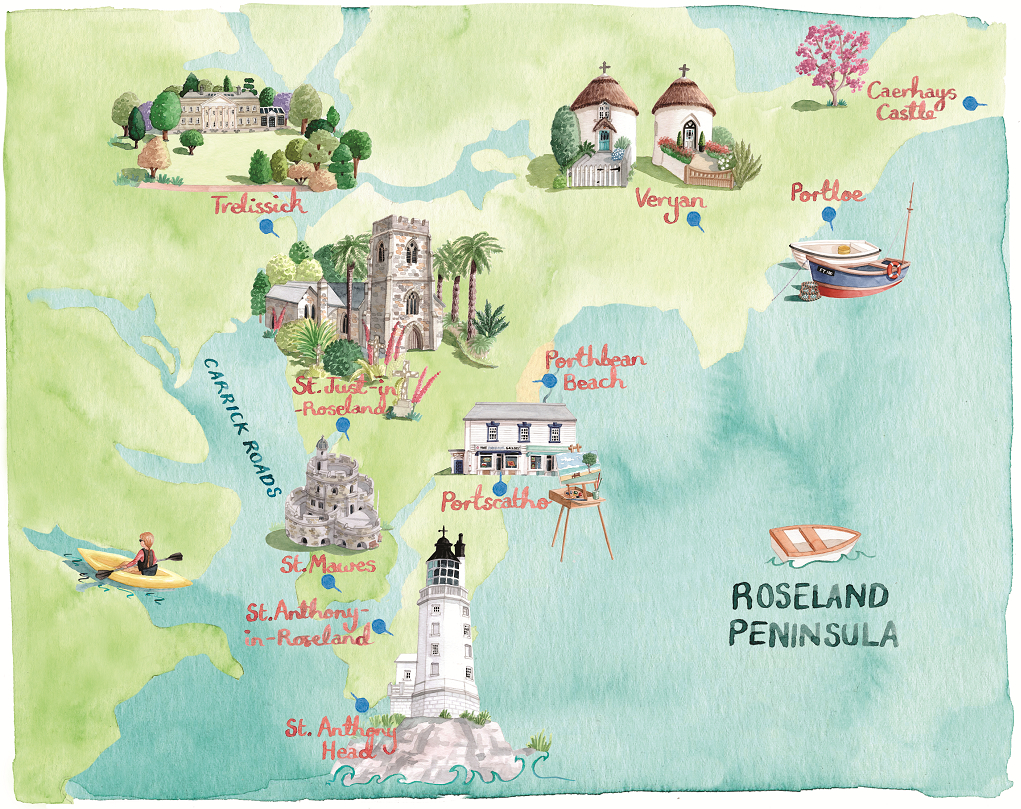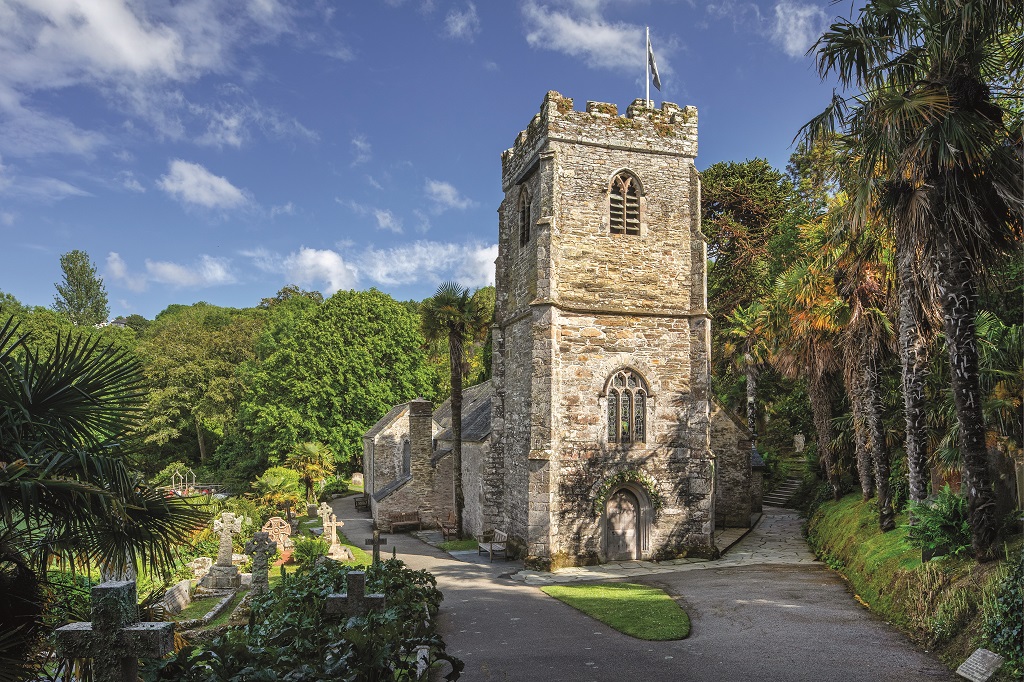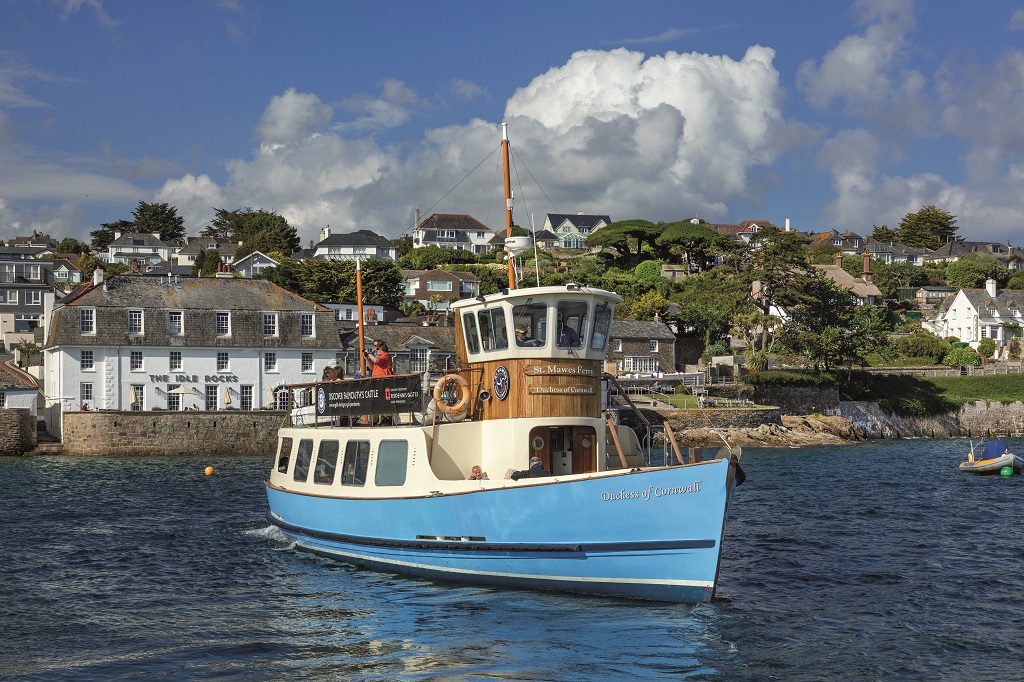Cornwall is not short of beauty spots, but the Roseland Peninsula, with its magical mix of the pastoral and the coastal, is surely the loveliest of them all
In 1926, while on a tour of the country that he would later describe in his classic travelogue In Search of England, the writer HV Morton visited a small Cornish village, St Anthony-in-Roseland. “I took the map,” he wrote, “and one name curled itself around my heart. I do not think that in the whole length and breadth of England there is a more beautiful name… St Anthony-in-Roseland.” Morton rented a pink thatched cottage and explored the ragged contours of the Roseland Peninsula, enthusing over every village and cove.

Almost a century on, the Roseland is still a magical place that rewards visitors with a sense of discovery. Bordered by the Fal estuary to the west and the Atlantic to the east, this secluded enclave offers an enchanting mix of rocky heritage coast and gentle pastoral landscapes. Journeying down the peninsula towards its wild headland, you pass woodland valleys cobwebbed with crooked lanes, villages named after Celtic saints and solid little waterside churches.
Fishing villages that once heaved with sou’westered fishermen hauling in their nets are now tranquil eyries dotted with holiday homes. Portloe is one of the most picturesque: a cluster of Cornish granite cottages nestling prettily above a craggy cove. The village grew thanks to the pilchard-fishing industry in the 17th and 18th centuries – and became a notorious smugglers’ haunt – but the fishing boats in the tiny cove now number just three. The village trades, instead, on its dreamy beauty: you can rent a cottage here, or stay in The Lugger, a 17th-century inn whose one-time owner went to the gallows for dealing in black-market French brandy.

Slightly inland, the defining feature of picture-perfect Veryan is its round houses – circular white cottages with conical thatched roofs – two of which flank the road at either end of the village. They were built in around 1820 by a philanthropic local clergyman named Jeremiah Trist to scare away the Devil (their circular form providing no corners in which to hide).
Further along the coast is Portscatho, whose slipway gives uninterrupted views of the peninsula’s coastline. Its narrow lanes, lined with dazzlingly white cottages, are home to several independent galleries, the scenic setting having drawn a community of artists to make their homes here.
From the village you can join the South West Coast Path, lined with wildflowers and windblown pines, which rambles along the cliffs between woodland and water, skirting hidden coves of shimmering blue. The views are pretty special, but you can always drop down for a stroll along the stunning, often deserted beaches of Porthbean, Pendower and Carne.

The coast path snakes down to the peninsula’s tip, St Anthony Head, where a lighthouse stands sentinel, marking the entry to the Carrick Roads, the name given to this section of the River Fal. The lighthouse has guided ships clear of the Manacles, an infamous run of rocks, since 1835.
Read the full feature in the July/August 2020 issue of BRITAIN.






 © 2024
© 2024